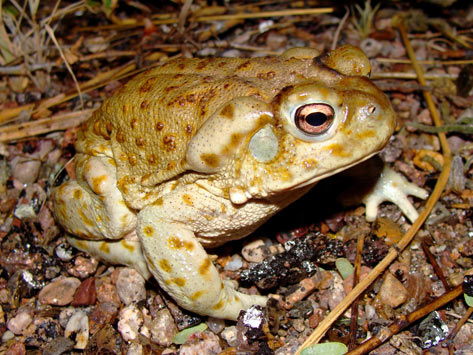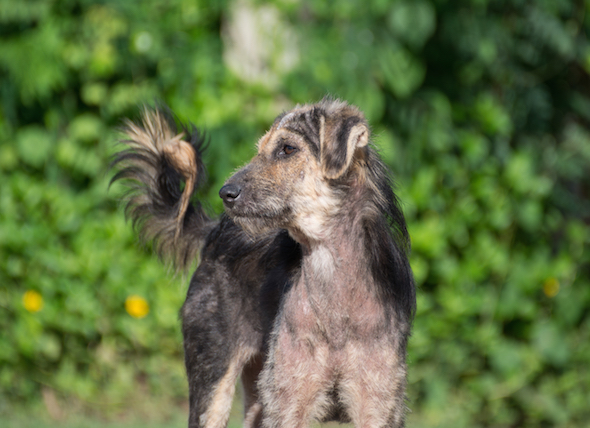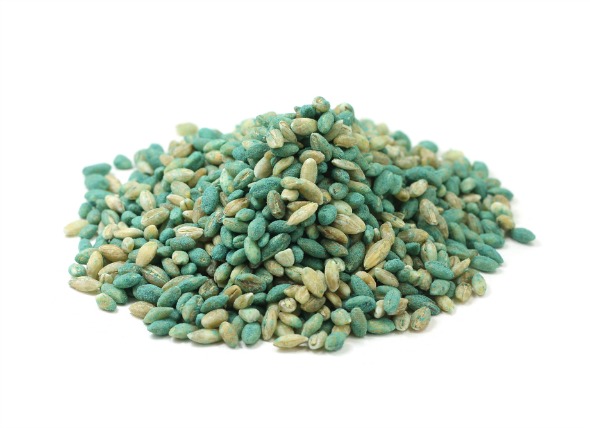
Dermatosis, or skin diseases, due to a deficiency of growth hormones are uncommon in dogs. However, there are two types of dermatosis that affect canines: pituitary dwarfism (seen at two to three months of age) and adult-onset hormone-responsive dermatosis (skin disease usually seen at one to two years of age).
Pituitary dwarfism is most often seen in German Shepherds, but has also been reported in Spitzes, Toy Pinschers, and Carnelian Bear Dogs. Adult-onset hormone-responsive dermatosis has been reported in Chow Chows, Pomeranians, Poodles, Keeshonds, Samoyeds, and American Water Spaniels. Though this mostly affects male dogs, it can be seen in both sexes.
Pituitary Dwarfism (Signs at two to three months of age)
Adult-onset Growth Hormone-Responsive Dermatosis
Pituitary Dwarfism
Adult-onset
Your veterinarian will want a complete medical history of the dog, so as to determine when the animal began showing signs of the dermatosis. He or she will conduct a physical physical exam on the animal to help categorize the skin disease as either adult-onset or pituitary dwarfism.
To test for a growth hormone deficiency, the veterinarian may send blood away to have its Somatomedin C concentrations measured, give an insulin response test, test for normal adrenal gland function, and take skin samples to be analyzed at the laboratory. If your veterinarian suspects pituitary dwarfism, he or she may test adrenal and thyroid function.
The course of treatment will depend on the underlying cause of the disease.
This is a lifelong disease and retreatment is often necessary (within six months to three years) to prevent reoccurrence of signs. However, you should ask your veterinarian if the course of treatment may lead to side effects.
 Toad Venom Toxicosis in Dogs
Toad Poisoning in Dogs
Toad venom toxicity is rel
Toad Venom Toxicosis in Dogs
Toad Poisoning in Dogs
Toad venom toxicity is rel
 Demodectic Mange in Dogs
Demodicosis in Dogs
Mange (demodicosis) is
Demodectic Mange in Dogs
Demodicosis in Dogs
Mange (demodicosis) is
 Hair Loss in Dogs
Alopecia in Dogs
Hair loss (alopecia) is a common
Hair Loss in Dogs
Alopecia in Dogs
Hair loss (alopecia) is a common
 Poisoning Due to Ingesting Rat Poison in Dogs
Strychnine Poisoning in Dogs
Strychnine is a very
Poisoning Due to Ingesting Rat Poison in Dogs
Strychnine Poisoning in Dogs
Strychnine is a very
 Lack Of Digestive Enzymes in Dogs
Exocrine Pancreatic Insufficiency (EPI) in Dogs
T
Lack Of Digestive Enzymes in Dogs
Exocrine Pancreatic Insufficiency (EPI) in Dogs
T
Copyright © 2005-2016 Pet Information All Rights Reserved
Contact us: www162date@outlook.com